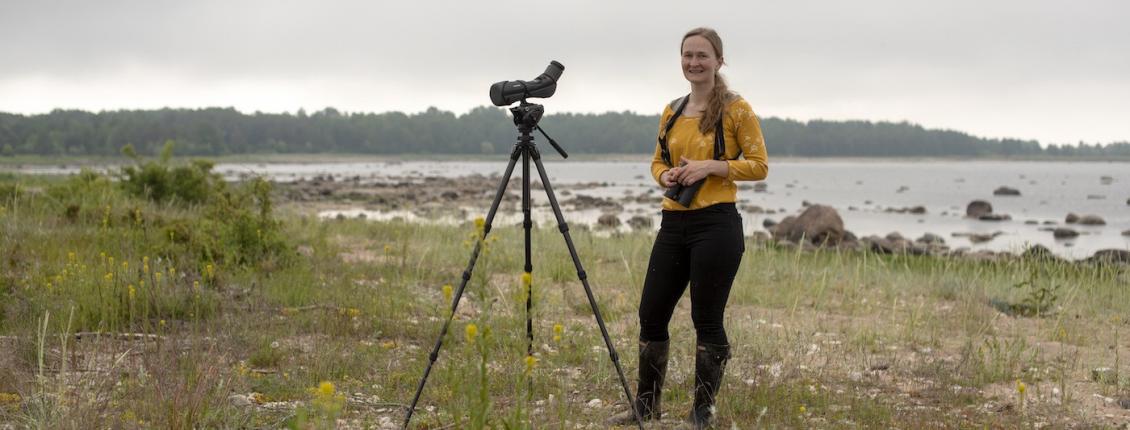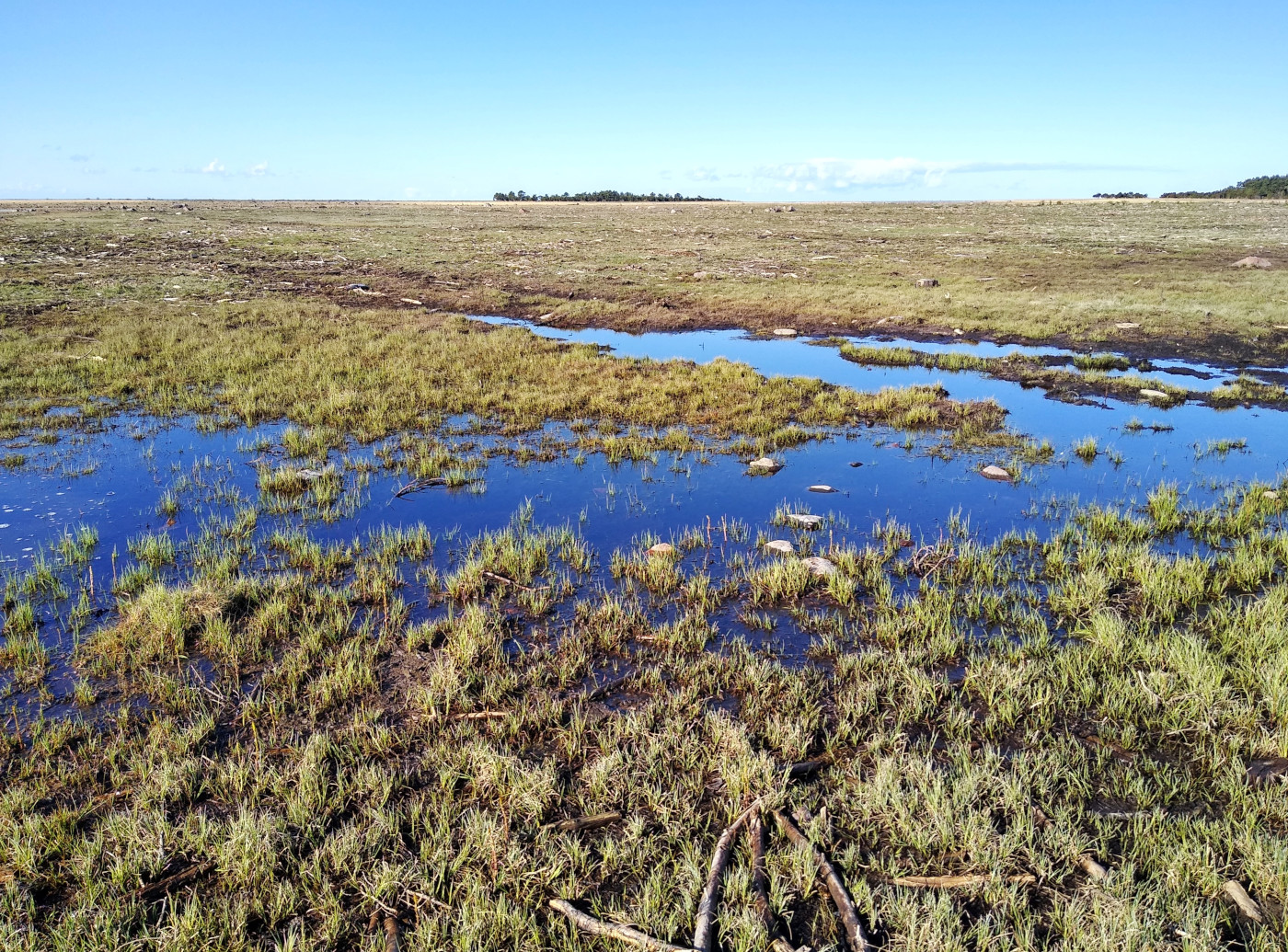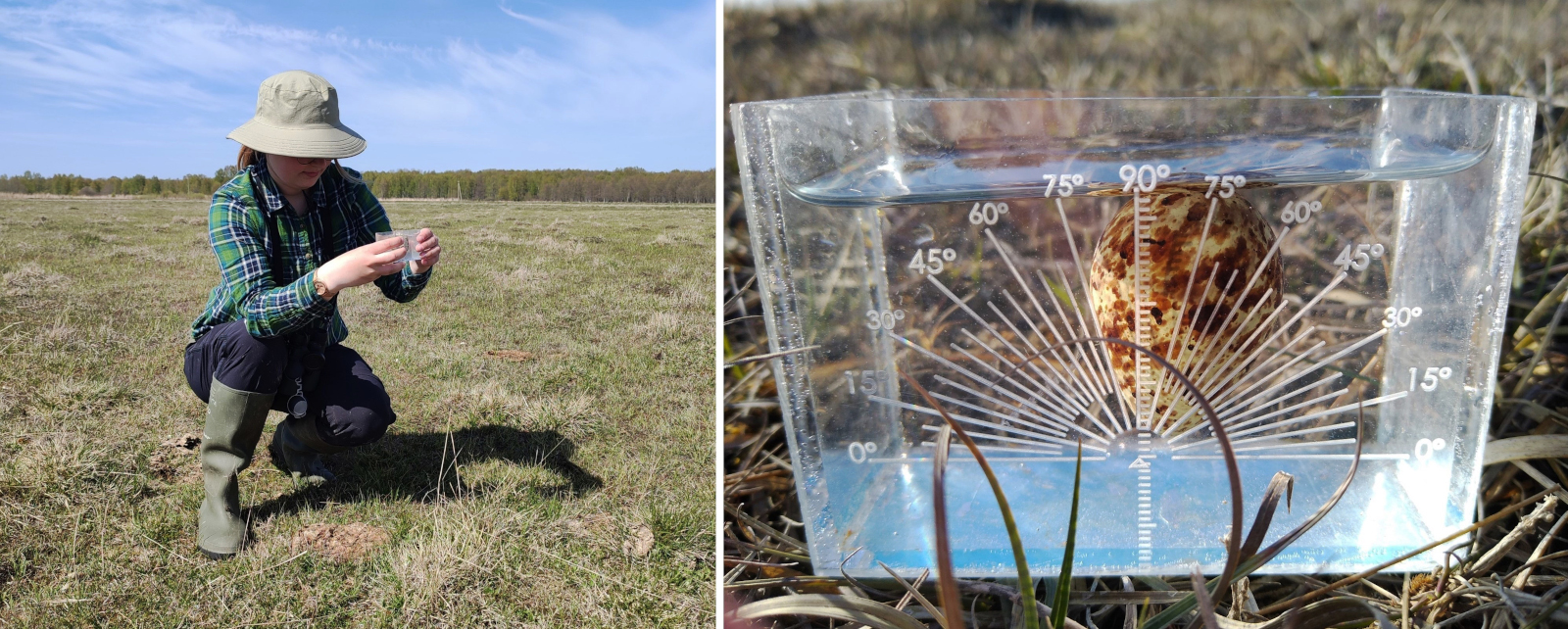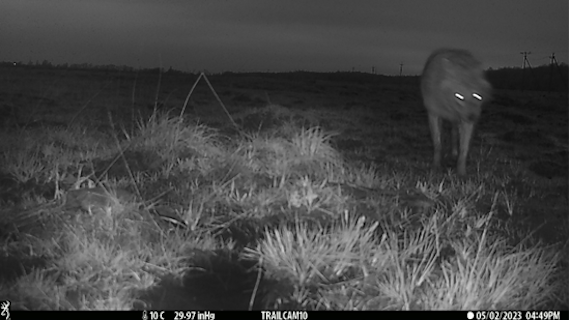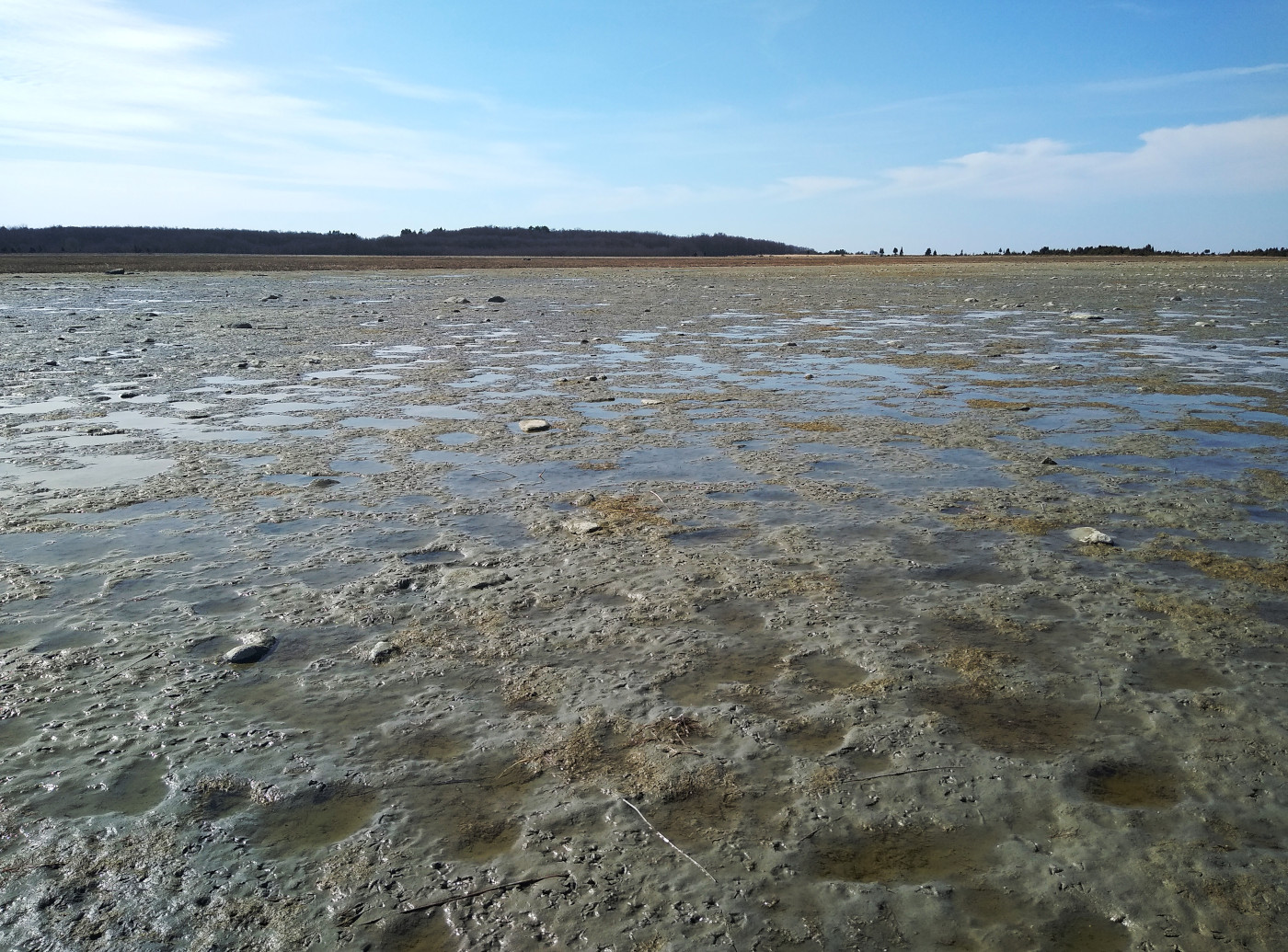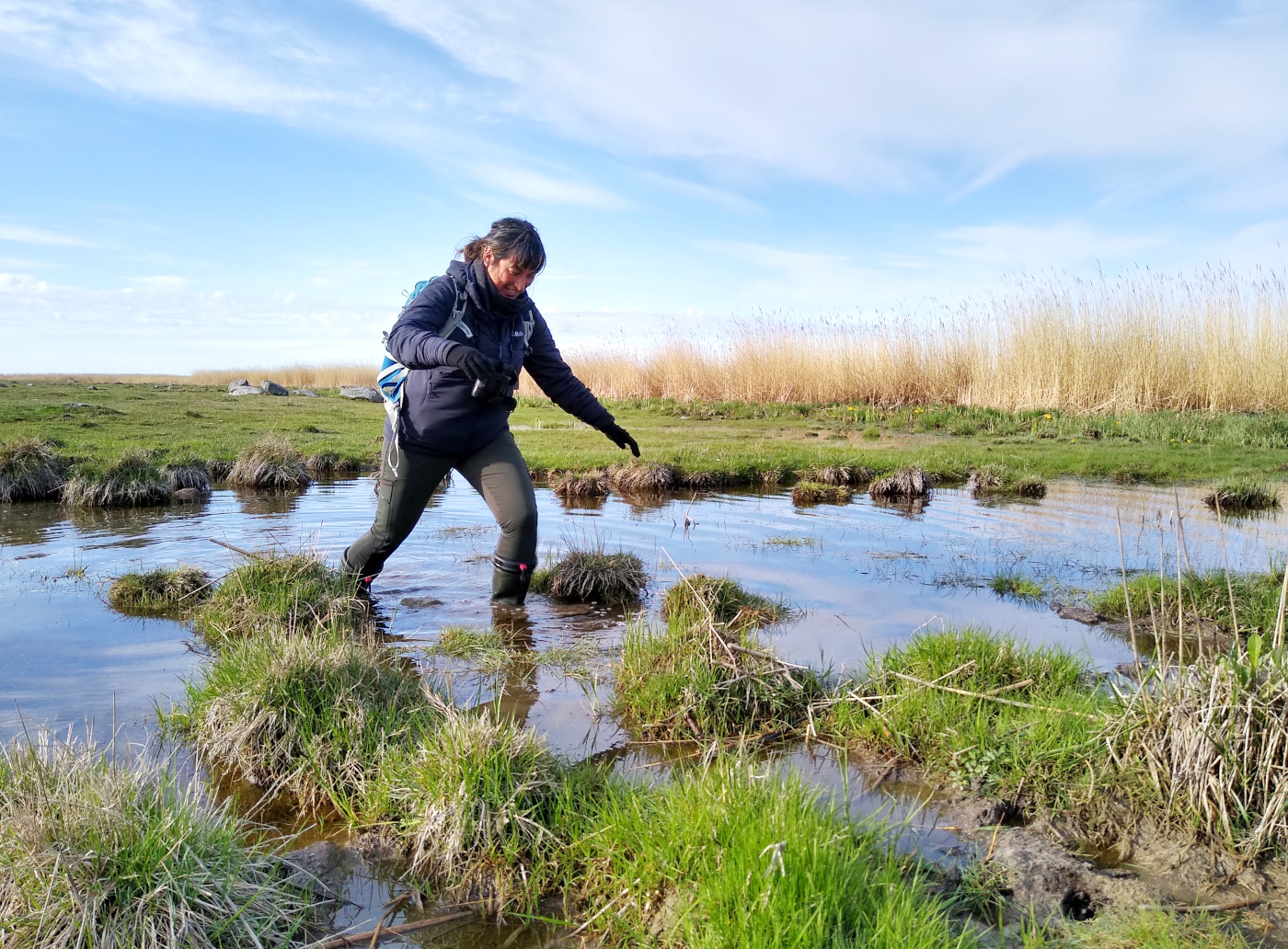August 1, 2023
Triin Kaasiku
The hatching rate of meadow waders in the pilot areas has experienced a slight uptrend
This spring, the Nature Conservation Biology Working Group of the University of Tartu monitored 22 pairs of meadow waders nesting in coastal meadows and the hatching rate of nests in 19 project areas. In five coastal meadows, the hatching rate exceeded the limit necessary for the reproduction of the population. It gives us hope that we are on the right track to improve the well-being of the meadow waders.
As an added bonus, during our monitoring process we found a dunlin that was at least 14 years old!
Waders are migratory birds that only spend their nesting time in Estonia. Here they raise their chicks and thus ensure the survival of the local population of the species, but the situation is not so good — dunlins, ruffs and common snipes have been listed as endangered species on the Estonian Red List.
Besides the reduction of open landscapes, the living conditions of meadow waders are mainly influenced by the looting of nests, and therefore we have been observing the hatching rates of nests in coastal meadows for six consecutive years, in the past three years of which the research has been funded by LIFE-IP project ForEst&FarmLand.
In addition to monitoring activities, the project will finance seasonal hunting of small predators moving on coastal meadows and meadow restoration works, including the felling of forests not suitable for open landscapes.
How are all these activities interconnected?
As the bird habitats of coastal meadows have fragmented over the past 70 years, small mammal predators can easily plunder bird nests on the ground when moving along forest edges or juniper bushes. However, the abundance of prey and predators is not only due to changes in the landscape, but also to the fact that there is currently no way in which the populations of small predators can be limited.
The winter of 2023 was the second season in which small predators were hunted. At the same time, habitat restoration works are also underway.
As the rate on nest plundering varies greatly from year to year and it will continue to occur next year, a more fundamental summary can be made in 2024, and the restoration of habitats and research into the impact of this activity will take even longer. However, the initial results of the pilot project to reduce the number of small predators can be provided.
Winter hunting season a success
The hunting of small predators in project areas is coordinated by the Estonian Hunters' Society, the hunting season lasted from 1 November to 31 March, and in areas with additional restrictions the hunting season ended already on 28 February. Hunting is scheduled to take place shortly before the start of the nesting season, thus keeping the number of hunted animals as low as possible. A total of 90 foxes, 13 jackals and 65 racoon dogs were hunted in project areas this winter, which is roughly twice as many as in the 2022 hunting season.
The field work was conducted by an international team
During spring-time field work, pre-monitoring was carried out in 4 areas, post landscape restoration data was collected in 4 areas, and the impact of hunting small predators in 11 areas was monitored. In addition, 3 reference areas were visited. In all areas, the number of nesting pairs was also recorded during the one-time census. Ecologists from the Royal Society for the Protection of Birds of the UK joined the field work conducted by University of Tartu for the week, and they positively highlighted the respectable grazing load of our meadows, the diversity of meadows and the presence of feeding places (the puddles in the meadows were still wet in the middle of the nesting season). Among other thing, the guests were surprised by the amount of the foxes seen during the day in the coastal meadows.
22% of the 160 nests of meadow waders hatched
A total of 160 wader nests were monitored, 99 of which were the nests of the most numerous and easy-to-find wader, the northern lapwing. In addition, 32 common ringed plover nests, 16 redshank nests, 9 dunlin nests and some black-tailed godwit, snipe and oystercatcher nests were also monitored. The best result of the last six years was recorded across all areas: 22% of the nests were hatched.
With the help of a trail camera, foxes were identified as the main plunderers of the nests (nine nests), followed by jackals and ravens with two nests each, and one nest was plundered by a badger. In six cases, the plunderer remained unclear (but since the time of looting was at night, this suggests a small predator with a nocturnal lifestyle). Small predators also continued to be active in all hunting areas, which shows that winter hunting does not destroy the local population of foxes and jackals, but reduces their abundance — which is our goal.
The monitoring team thanks all landowners and land managers involved in the project, specialists of the Environmental Board and hunters for their help!
